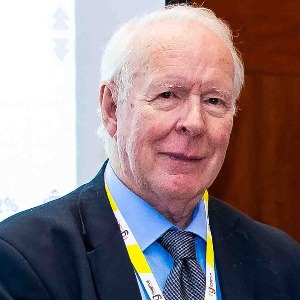Bite mark analysis
Bite mark analysis is a forensic science technique used to identify the biter and has been used in dentistry for many years. It is a unique form of identification because it is based on the unique features of an individual's teeth, which are as individual as a fingerprint. Bite mark analysis involves the comparison of a bite mark left on a victim to the dental characteristics of a suspect. This is done by analyzing the shape and size of the teeth as well as any other distinguishing features such as chips, fractures, or other marks left on the teeth. Bite mark analysis is used in criminal investigations as a way to determine the identity of the perpetrator of a crime. It can also be used in civil cases, such as in determining the identity of a person who has caused bodily harm or property damage. Bite mark analysis can provide valuable information to law enforcement and courts so that a guilty party is brought to justice. In dentistry, bite mark analysis is used to identify individuals who have committed assaults or other violent acts. It is also used to identify victims of crime, such as those who have been sexually assaulted, as well as to identify suspects in cases where there is no other physical evidence available. In addition, bite mark analysis can be used to confirm or refute an alibi in a criminal case. Bite mark analysis is a valuable tool for forensic dentists and other law enforcement professionals. It can provide crucial information in a criminal investigation and can help to ensure that justice is served. While the process is not foolproof, it is a reliable way to identify individuals in a variety of circumstances.

David Geoffrey Gillam
Queen Mary University of London, United Kingdom
Christopher Turner
Spacemark Dental, United Kingdom




Title : Evaluating hygienist follow up for head and neck oncology patients in secondary care: Results from a two cycle audit
Peter Basta, Newcastle Dental Hospital, United Kingdom
Title : Atypical facial pain unravelled
Christopher Turner, Spacemark Dental, United Kingdom
Title : New treatment of temporomandibular disorder through muscle balance and muscle regeneration by activation of quiescent muscle stem cells( satellite cells) with mitochondrial dynamics
Ki Ji Lee, National Reserach Foundation & Busan Medical University, Korea, Republic of
Title : MRONJ and ORN: Referral or management in primary care? Navigating guidelines in the context of long waiting lists
Alisha Sagar, NHS England, United Kingdom
Title : Managing the unexpected: An Insight into supernumerary teeth
Bahar Gharooni Dowrani, Guy's and St Thomas' NHS Foundation Trust, United Kingdom
Title : Laxative prescribing for post operative head and neck cancer patients at Derriford Hospital
Pui Sze Kylie Li, Cardiff and Vale University Health Board, United Kingdom